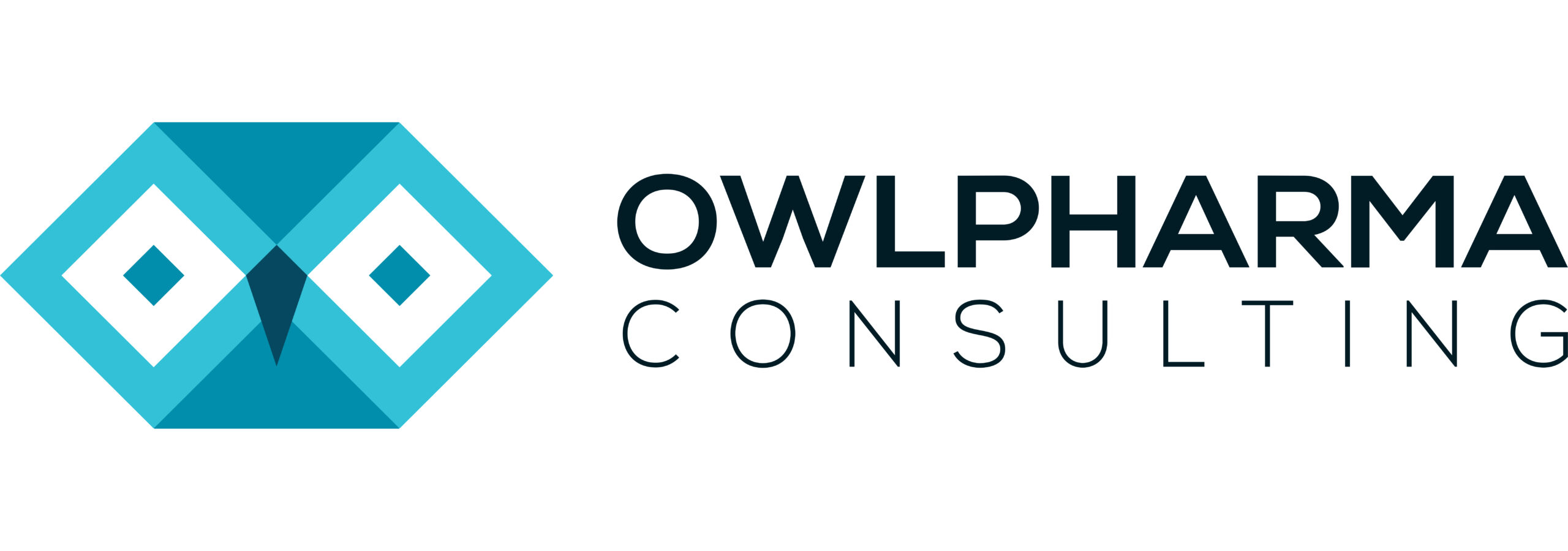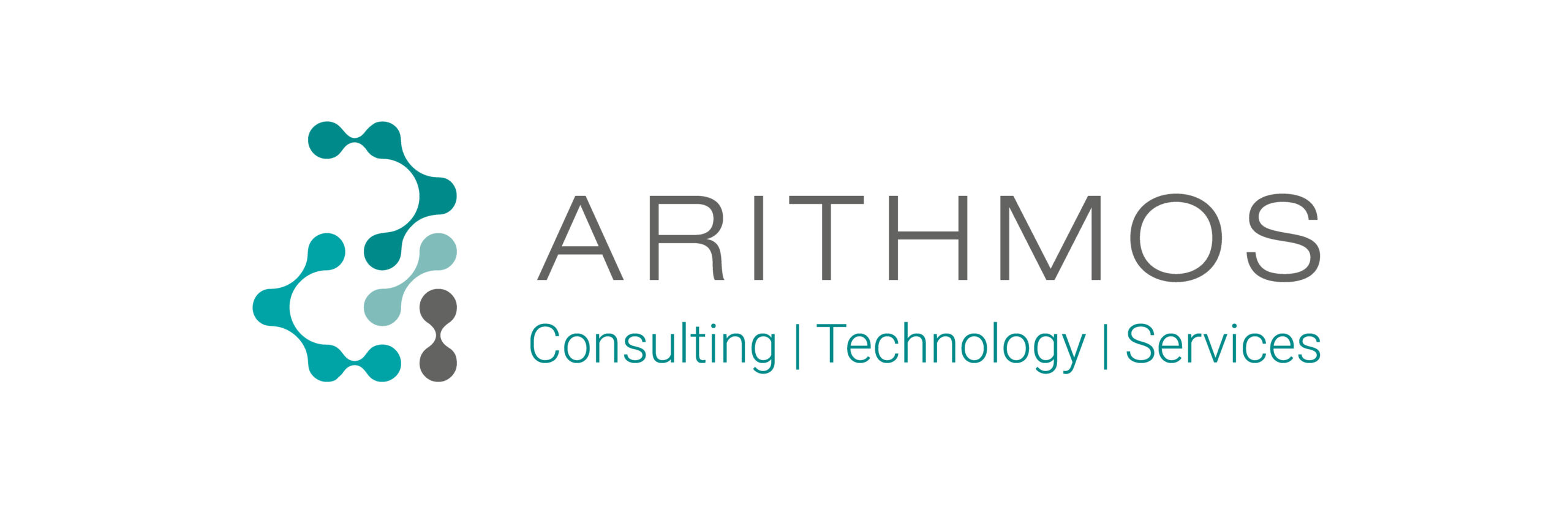09:00
09:30
|
Registration
|
09:30
09:40
|
Welcome by the Scientific Board
|
09:40
10:15
|
Challenges and Opportunities in Literature Monitoring: A Global and Local Perspective
Nicole Baker, PhD
- QPPV and CEO at Biologit
Literature monitoring is a key component for pharmacovigilance and is a regulatory requirement for pharmaceutical companies. The process mandates timely, auditable, and comprehensive searches for safety data to ensure compliance and to protect patient safety. However, traditional methods are being challenged due to the growing volume of scientific literature, rising cost pressures, and increasing regulatory and corporate adoption of automation.
Local literature monitoring is particularly complex, requiring adherence to diverse, country-specific sources, workflows and regulations. Addressing these challenges requires not only an understanding of the global regulatory landscape and corporate processes but also an appreciation for the variability in local requirements.
This presentation provides a comprehensive overview of the literature monitoring landscape at a global and local level. It shares findings from a survey of over 30 regulatory authorities, highlighting the variability in local practices and uncovering key insights into the heterogeneity of country-level requirements. Finally, the presentation explores the transformative potential of technology and artificial intelligence in addressing these challenges, by streamlining processes while maintaining compliance.
|
10:15
10:50
|
How a small company revolutionized their case intake with theralyze.ai: AI-Powered E2BR3 Generation for Safety Databases with Human QC, Saving Time and Reducing Manual Effort
Reinhold J. Schilling
- Head of Global Pharmacovigilance, EUQPPV at Wörwag Pharma GmbH
Partnering with a start-up, Wörwag Pharma set out to revolutionize its pharmacovigilance case intake process using Artificial Intelligence (AI). The ambitious goal: automatically generate E2B(R3)-compliant XML files from unstructured source data, ready for import into the safety database. While the project promised major time savings and reduced manual effort, the reality initially fell short—early prototypes failed to produce valid XML, revealing a significant gap in the partner’s understanding of regulatory requirements and European standards. The implementation required not only deep technical iteration but also a complete redesign of existing workflows. Despite these challenges, progress was made. The final solution, delivered as a Software as a Service (SaaS), integrates AI-assisted automation with robust Human Quality Control (Human QC) to ensure regulatory compliance. This project highlights both the promise and limitations of AI in regulated environments, where speed must be balanced with validation, risk control, and domain expertise.
|
10:50
11:30
|
Coffee break
|
11:30
12:05
|
Safety Considerations in Outbreak Setting: the Monkeypox example
Heinz Weidenthaler
- Senior Director, Safety Strategy Lead at BioNTech SE
Abstract will be available soon
|
12:05
12:40
|
Drug Safety Beyond Borders: A Global Perspective on Local Pharmacovigilance
Dr. Meik Helmut Behrens
- Global Patient Safety Regional Head Western Europe at Merck Healthcare KGaA
In globalized pharmaceutical landscape nowadays, companies face the complex challenge of maintaining a cohesive pharmacovigilance system while navigating diverse regional requirements. This session explores the balance between global oversight and local compliance in pharmacovigilance activities.
The presentation analyzes the common centralized structure of pharmacovigilance departments, where a “Global” team at headquarters implements standardized processes toward affiliates worldwide. While this approach promotes consistency, it often encounters hurdles in harmonizing global standards with country-specific demands.
Key challenges in managing global and regional pharmacovigilance responsibilities are addressed. The importance of transparent communication and empathetic understanding between global teams and regional affiliates is highlighted, considering how global pharmacovigilance systems can maintain robustness while addressing local distinctions.
|
12:40
13:50
|
Lunch
|
13:50
14:25
|
Signal Detection and Management - Industry perpsective
Maria Stupar
- Head Safety & Benefit Risk, Opioids and Generics at Grünenthal GmbH
Signal detection remains a cornerstone of pharmacovigilance. This presentation will highlight two separate topics, both of which aim to challenge the “state of art” in signal detection.
• Over the last 15 years, the focus in signal detection has shifted towards more statistical/quantitative methods (e.g., data mining), and moved away from qualitative data review. This presentation will attempt to stress the continued importance of qualitative data review in signal detection, especially in view of the exponential increases in case volume. The importance of qualitative data review methods and documentation of such for future training of Artificial Intelligence (AI) models will also be highlighted.
• Signal detection has traditionally been a centralized process in Pharma, whereby data analysis commonly takes place at the headquarters or equivalent central function. The presentation will discuss the value of local signal detection in complementing global signal detection, and the role of local PV representatives in signal detection.
|
14:25
15:00
|
Signal Detection and Management - Authority perpsective
Martin Huber
- Safety and Pharmacovigilance Expert, German member of the PRAC
A solid framework for signal management in the EU was one of the key establishments of the so-called pharmacovigilance legislation from 2010/2012. Whilst signals have been detected, validated and assessed also before 2012, the new legal basis has established clear roles and responsibilities for all stakeholders involved, EMA, NCAs and the industry. Among regulators the principle of worksharing has been introduced, meaning that one NCA is monitoring the data in the EudraVigilance database for a certain substance on behalf of the whole network. In case a new signal is being detected there is now a single procedure in place requiring any subsequent step of assessment and decision-making to take place at the level of the PRAC. As a result, a recommendation is being issued, which is applicable to all medicines containing the substance under review. This new approach has two advantages: First, it ensures that any signal requiring further action, irrespective of the type of the issue or the body that detected it, will be followed-up in a transparent and harmonised way, and the outcome will be made publically available. Second, as every stakeholder should know its role, duplication of work or parallel assessment can be avoided.
The monitoring of EudraVigilance database is in the centre of signal management activities. Whilst EMA takes the lead in reviewing data for centrally authorised products (CAPs) NCAs are responsible for the monitoring of Non-CAPs, i.e. nationally authorised products. Despite these shared responsibilities any new signal requiring further action is brought to the European level for subsequent assessment.
Also marketing authorisation holders have their responsibilities in the detection and evaluation of signals. Whilst their traditional focus is on their own databases the legislation had also foreseen the monitoring of EudraVigilance by companies. However, experience has shown that this monitoring of EudraVigilance by the industry does not provide much added value going beyond the established activities by regulators in this field. As a consequence, it is envisaged to waive the industry from a regular monitoring of EudraVigilance data in the context of the revision of Implementing Regulation No 520/2012.
The talk will look into how the system of signal management works in the EU. Based on the experience gathered so far it will reflect on lessons learnt as well as on future opportunities and challenges.
|
15:00
15:40
|
Coffee break
|
15:40
16:15
|
Pharmacovigilance – Focus in Austria
Sven Zielke
- Local Safety Officer Austria at UCB Pharma GmbH
In this presentation, interaction between a local PV affiliate in Austria and the local authority BASG/AGES is shown. The presentation will focus on two main topics: PV inspection by the AGES and coordination with BASG regarding local implementation of additional risk minimization measures (e.g. educational material) and direct healthcare professional communication. A practical experience report from a recent inspection will provide participants with the background knowledge they need to successfully carry out a local inspection or implementation of risk minimization measures.
The inspection report will deal with the challenges and achievements as well as local particularities of an inspection by AGES. The presentation will give an overview of the different phases of the inspection timeline, the systems and documents to be used for data exchange with the inspectors, as well as the processes in focus of the inspection.
Furthermore, the presentation will explain procedure of implementation of risk minimization measurements as educational material, controlled access programs, and direct healthcare professional communication and the communication with the Austrian competent authority.
By attending this presentation, participants will gain a comprehensive understanding of the local inspection requirements of AGES and the implementation of the local requirements in Austria concerning implementation of risk minimizing measures
|
16:15
16:50
|
Future Perspectives of Advanced Pharmacovigilance in the German-speaking Region (Germany/Austria/Switzerland): Lessons Learned from the AMSP Project and FDA REMS Modifications
Simona Nistor-Grahl
- Director and owner of SG Consulting
“Arzneimittelsicherheit in der Psychiatrie” (AMSP-Project) is an advanced, multicentered, observational pharmacovigilance program that has been collecting data about psychotropic drug use in psychiatric inpatients since 1993. More than 100 hospitals from Germany, Austria, and Switzerland participate in the ongoing AMSP-project (Grohmann et al. 2024). The project has enabled more than 500,000 patients to be observed by trained drug monitors and more than 9,600 cases of serious adverse drug reactions (ADRs) were recorded.
The ADRs are discussed and evaluated at internal, regional, and Germany-wide case conferences. The results of the project are reported to federal authorities and manufacturers and made available to the general public, e.g. in the form of publications.
The patient benefits from advanced drug safety program and improved treatment quality through AMSP. In the future, further areas and professional groups are to be more closely integrated into AMSP. The latest Mayo Clinic perspectives towards an updated clinical rational for the initial antipsychotic selection are considered; the example of the clozapine REMS modification is discussed in the view of the most recent publication by AMSP on clozapine-associated risks and benefits in psychiatric inpatients from hospitals in the German-speaking region.
|
16:50
17:00
|
Conclusions by the Scientific Board
|









